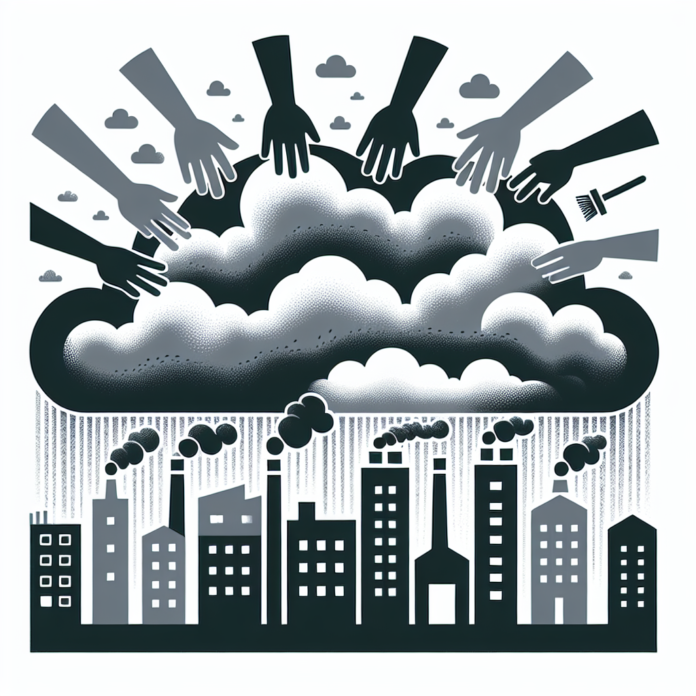Addressing the Increasing Smog Issue
Addressing the Escalating Smog Crisis
The issue of smog has become increasingly prevalent in many urban areas, leading to significant public health and environmental concerns. This atmospheric phenomenon, primarily characterized by a mixture of fog and smoke, is particularly common in densely populated regions where industrial activities and vehicular emissions are on the rise.
Understanding the Causes of Smog
Smog formation is primarily attributed to the combination of industrial discharges, vehicular pollution, and seasonal agricultural practices, such as crop burning. These factors release a range of pollutants, including particulate matter (PM), nitrogen oxides (NOx), and volatile organic compounds (VOCs), which can lead to severe air quality deterioration. Additionally, meteorological conditions, such as temperature inversions and stagnant air, exacerbate the situation, trapping these pollutants close to the ground.
The Health Implications of Smog
Exposure to high levels of smog can have dire health consequences. Numerous studies have linked smog pollution to respiratory diseases, cardiovascular issues, and aggravated asthma. Vulnerable populations, including children and the elderly, are particularly at risk. The World Health Organization (WHO) has highlighted that air pollution is one of the leading environmental hazards, contributing to millions of premature deaths each year.
Strategies for Mitigation
To combat the smog crisis, a multifaceted approach is necessary. Governments and local authorities must prioritize stringent regulations on emissions from industries and vehicles. Implementing stricter fuel standards, promoting public transportation, and encouraging the use of electric vehicles can significantly reduce pollution levels.
Furthermore, public awareness campaigns are crucial in educating citizens about the detrimental effects of smog and the importance of reducing individual carbon footprints. Community initiatives, such as tree planting and urban green spaces, can also play a vital role in improving air quality.
The Role of Technology
Technological advancements can aid in the fight against smog. Innovations in air quality monitoring systems allow for real-time tracking of pollution levels, providing critical data that can inform policy decisions. Additionally, the development of cleaner energy sources, such as solar and wind power, can help decrease reliance on fossil fuels, further reducing emissions.
International Cooperation
Addressing the smog crisis requires not only national initiatives but also international cooperation. Countries can learn from each other’s successes and failures in managing air quality. Collaborative efforts, such as sharing technology and best practices, can significantly enhance the effectiveness of smog reduction strategies worldwide.
Conclusion
The growing smog problem poses a significant threat to public health and the environment. By understanding its causes and implementing robust strategies for mitigation, we can work towards cleaner air and a healthier future. It is imperative that governments, communities, and individuals come together to combat this pressing issue and ensure sustainable living conditions for generations to come.


